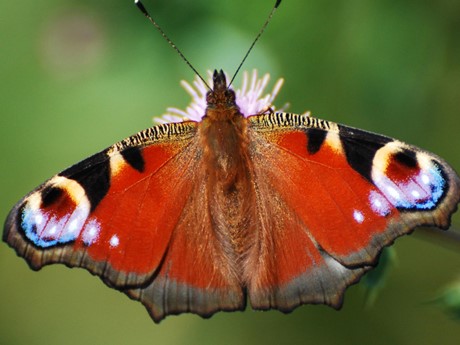How to record: a quick guide
1. Choose the species and events you want to record
Take a look at the list of species and events that you can record. Choose one or more that you can check at least twice a week.
Some species will need more frequent checking than others. You'll need to monitor trees at least twice a week throughout the year, but for some species, like butterflies, you’ll only need to keep an eye out until they’ve first emerged in spring, and then you won’t need to record them again until the following year.

Sessile oak (Clive Jones/Alamy)

Red-tailed bumblebee (WTML)

Hazel fruit (Pete Holmes/WTML)

Blue tit (Louis Cardin/WTML)
2. Choose your recording locations
Choose recording locations that you visit regularly, ideally as part of your normal routine.
For example you might choose to record:
- Amphibians in the pond in your local park
- The ash tree you walk past on the way to work
- Grasses in the field where you walk your dog
- Birds and insects in your garden
Each recording location is the area of a circle with a 20 metre radius.
It’s important to choose locations that you visit regularly (at least once or twice a week) so that you notice when an event happens to the species you are recording for the first time.

Hazel (Philip Formby/WTML)

Holly blue (Louise Holmes/WTML)

Blackthorn (Jane Leigh)
3. Record your observations
Look out for the seasonal events that happen to your species. Record the date that you first see each event. You can take a photo and add it to your record. You can view your records instantly on the live maps.
Recording your species in the same location each year will give us the best quality records.
Choose mature trees (approx. 30 years old or more), as young trees can show different responses.
For species with multiple events e.g. oak budburst, first leaf, first flowering and so on, record all the events on the same tree.
It’s best to add your record to the website as soon as possible after you observe an event, while the information is still fresh in your mind.
